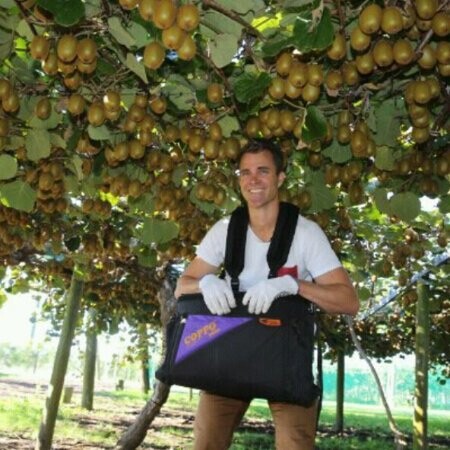As an orchardist/producer we often hear of or see our products in the retail space and think “Gee, I don’t get that sort of return…”, “How can they charge that much…”, “Someone must be clipping the ticket….”
Automatically there is a tendency to think that the middle man or the supermarket is making more money or margin than the grower. But have we stopped, thought and looked at our supply chain and questioned; what is the process our produce goes through to get to market, what risks are our distributors taking on, what does the consumer really want?
As a grower, I think that it is really important to understand your supply chain, the market forces in which your product competes in and to get a better understanding of the decisions made surrounding your produce.
In this article I will briefly discuss the supply chain, understanding the costs associated with this and then provide some tips and examples to allow you to better understand these. I will use my experience in the kiwifruit industry as an example; however, the key messages can be applied to any form of produce.
First, your supply chain. What is this, what does this mean?
Simply put, it means the journey your produce takes from your orchard to the end consumer. Each part of the supply is a link (chain) to getting your produce from orchard to end consumer in the correct specification, at the right price within the right time frame.
It is important to understand this to appreciate what goes in to getting your produce to the customer. Let’s look at Kiwifruit as an example below and the steps taken to get from orchard to market;
You can see that there are a number of steps in getting your fruit from orchard to market. Removing steps/processes/people is easier said than done as each step above is very important in making sure the right product is to market in the right specification at the right time. There is a cost to each of these processes, however, each are required.
Second, are your returns at a grower level. These are closely tied to the above; each part of this process has a cost associated with it. While we might see the retail or sales price, then make a quick comparison to our orchard gate return, we need to understand the risks that our distributor takes on and also costs of getting that produce to market.
Thirdly, how can you gain a better understanding of the above? First, at any opportunity, I would encourage a market tour. There is nothing more powerful than seeing your product selling on the “shop floor”. In the case of Kiwifruit, witnessing our New Zealand product selling at a premium to others in the market is powerful. If you cannot get to a market, then get alongside your marketer, exporter or post-harvest operator and talk with them about market conditions, the supply chain and what the returns are looking like.
Finally, look to join any relevant industry organisations and keep up to speed with relevant publications your industry produces.
To conclude, understanding your supply chain and the market that you operate in is very important and a key part of making you a more competent grower. When armed with information on your supply chain and understanding your returns you are in a position to better understand the industry that you are part of. It’s important to consider your supply chain, your returns and how you can better understand your business past the orchard gate.
Cameron Hill is a Kiwifruit Orchardist in Te Puke and works in the Post-Harvest Kiwifruit sector. Views expressed here are his own opinion




